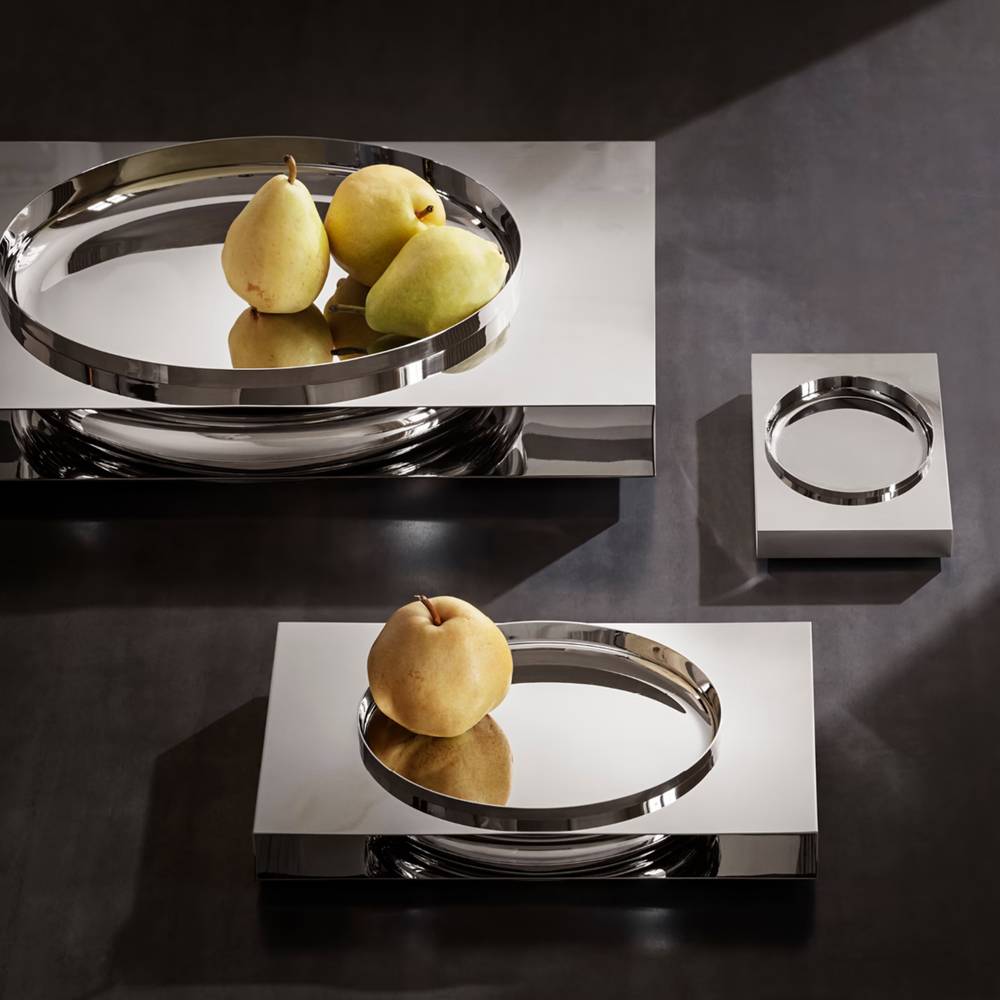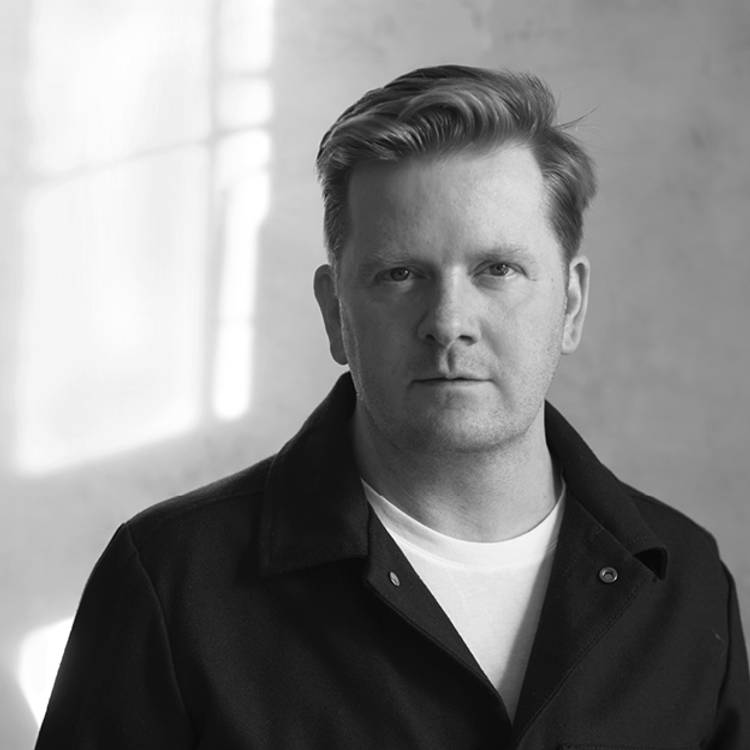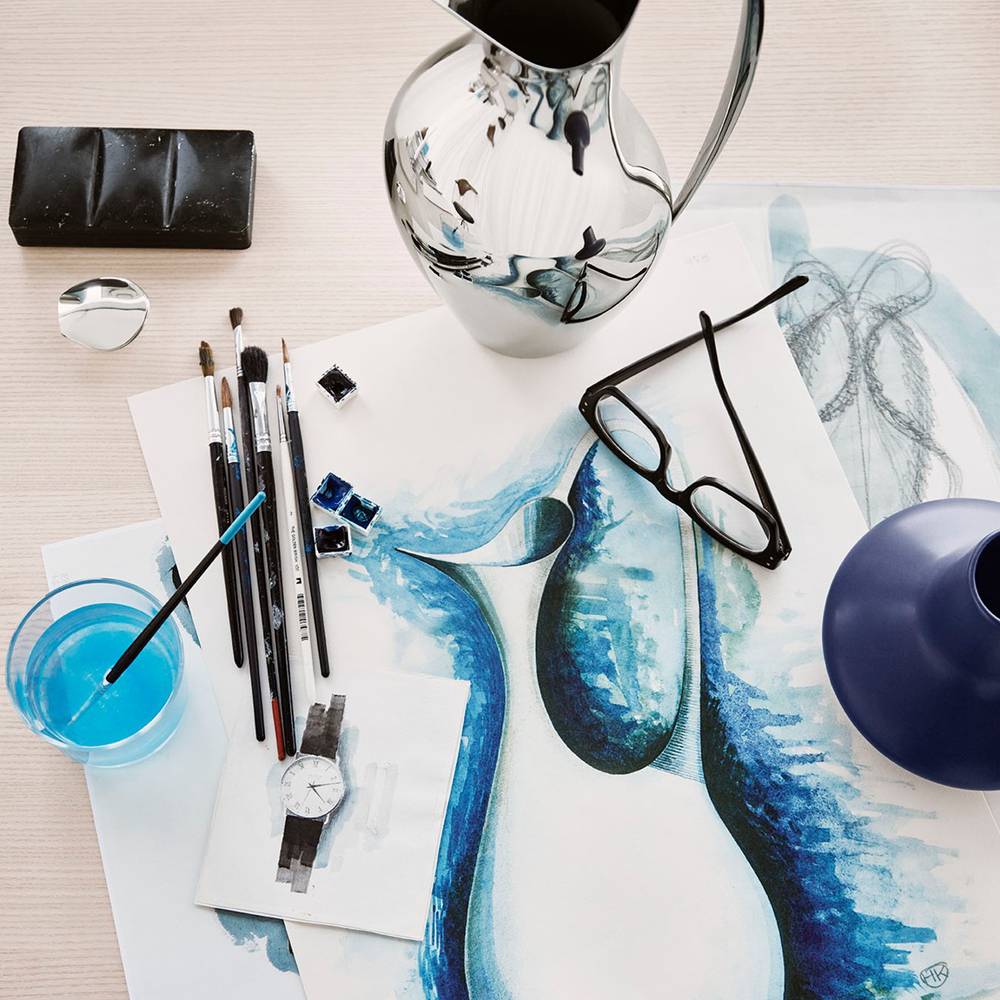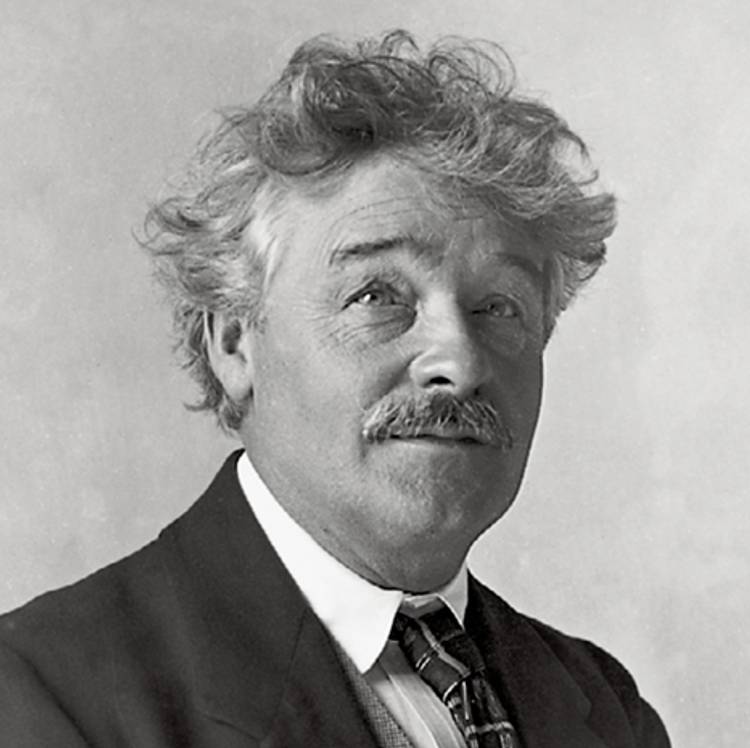Designed in collaboration with renowned Danish architect David Thulstrup, Penumbra is a striking centrepiece crafted in polished stainless steel.
The piece is defined by a careful juxtaposition of shape, combining the oval centre with a rectangular outline. Penumbra artfully draws from the different design movements that Georg Jensen adhered to over the last century, from Art Deco to Functionalism. The name of the piece, meaning a space of partial illumination, references the design's play of light through contrasting shapes.
Penumbra can be used on its own as a stunning centrepiece, but also serves as a tray for fruit and different food.

Award-winning Danish architect and designer David Thulstrup founded his namesake studio in 2009. Through a refined and holistic approach to architecture, interiors and product design, he combines his Scandinavian heritage with a modern design language.
David holds a Master degree in Interior Architecture from the Danish Design School and is an Architect MAA and member of the Danish Association of Architects. Before founding the studio in 2009, David worked on residential, commercial and institutional projects for Jean Nouvel in Paris and on luxury retail projects for Peter Marino in New York. Today he works with a culturally diverse team of architects, interior designers, product designers and material experts, in a industrial space in Amager, Copenhagen.

With a history that spans more than 100 years, the Georg Jensen brand represents quality craftsmanship and timeless aesthetic design, producing lifestyle products ranging from flatware to watches, jewellery and home products.
The philosophy of Georg Jensen himself was to create democratic designs possessing both functionality and beauty. His artisanal skill and artistic talent combined with his continuous ability to identify and support design talent was the foundation on which he built Georg Jensen in Copenhagen in 1904.
Georg Jensen’s style embraced the Art Nouveau lines of the day but injected them with a distinctive vigour that continues to resonate today. The brand's most important task is to leverage the ideas and principles of the master himself and translate these into the design of the present day.


When the 37-year-old Georg Jensen, with both an apprenticeship as goldsmith and sculptor behind him, made silver his way of living by establishing his silver smithy in Copenhagen in 1904, it was with the fine craftsman’s understanding and appreciation of the material combined with the accomplished artist’s sense of form.
Through his childhood in the picturesque surroundings of Raadvad north of Copenhagen Georg Jensen was inspired to become an artist. He succeeded in becoming both sculptor and ceramist but it was by way of his talent as a silver smith that he achieved the most remarkable recognition. The Georg Jensen Silversmithy created some of the most original and epoch-defining jewellery, hollowware and cutlery patterns.
At Georg Jensen’s death in 1935 the smithy was acknowledged as one of the most important silversmithies in the world. Georg Jensen was instrumental in defining the character of the twentieth century Scandinavian Design by drawing on Danish traditions and infusing them with a progressive design rationale. He rejected the popular taste of the time for romantic and historicist ornamentation and ostentation, instead embracing the avant-garde Art Nouveau style with its simple organic forms and craft-based approach to production.




